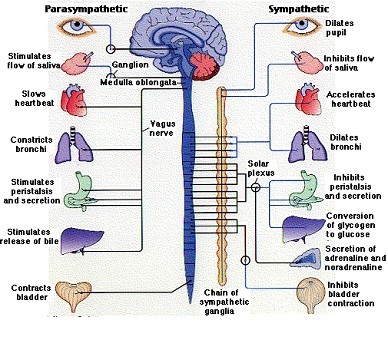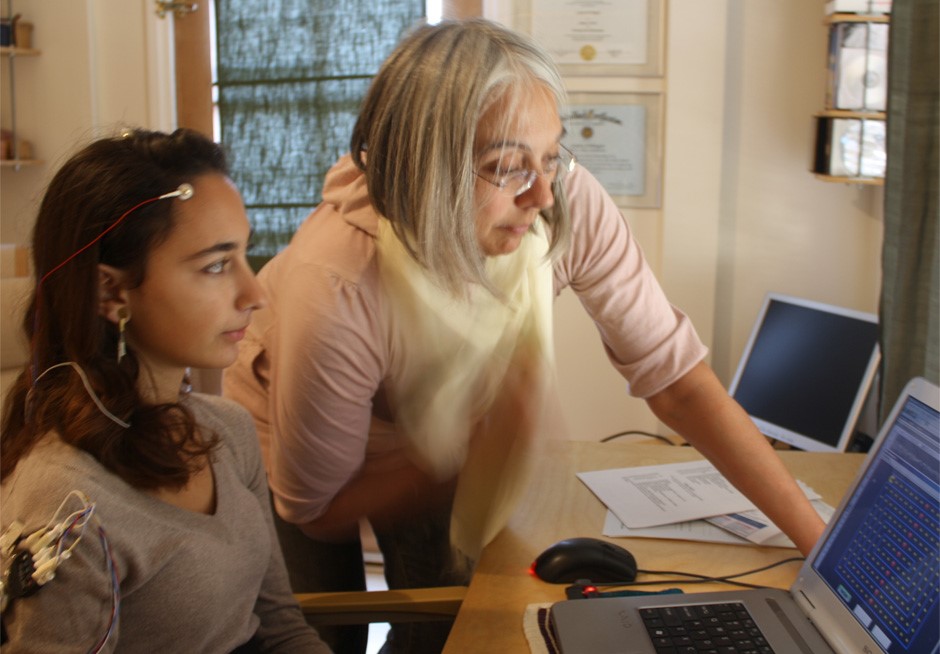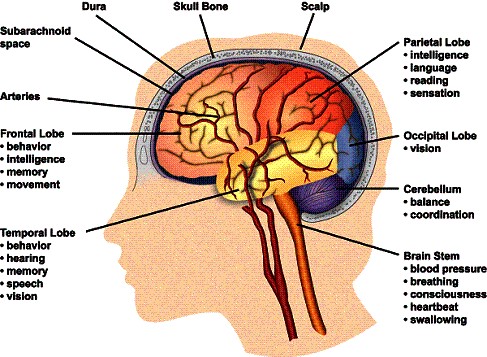Neurofeedback is biofeedback applied to neuronal activity of the brain. Biofeedback is a therapeutic tratement focusing on restoring balance in one’s self-regulation processes.
With Biofeedback we learn to regulate blood flow, peripheral temperature, skin humidity, heart rate, blood pressure, respiration patterns and brain waves activity.
Sensors are applied to the skin to monitor the variations of our physiological processes, like heart beat or brain waves or temperature. The data are then elaborated digitally and presented back (feedback) to the client in form of audiovisual stimuli.

In this process we have the opportunity to observe our own physiological activities that are controlled by the autonomic nervous system (ANS or visceral nervous system), those are mostly running in the background of our consciousness.
Once we become aware of them, we can willingly alter their behavior for more efficient functioning.For example if we connect our finger to a thermometer, we can practice increasing our peripheral temperature, which is directly correlated to a general state of relaxation, therefore resolving symptoms of anxiety and stress.
Or we can optimize performance by knowing the intensity of muscle contraction: the sensors read the electrical emission from the muscle, so we learn to use just the right amount of tension needed in different positions.
For athletes, this is valuable in order to maintain enough tension for prompt action without wasting energy.
What is a Neurofeedback session like? What issues can Neurofeedback improve?
In Neurofeedback we use sensors applied on the scalp to read the electrical activity of the brain.
The data are elaborated in real time and used to generate music or guide computer games or alter the brightness of a video.
 During the session, the patient sits comfortably, sensors are applied and bio-information is read.
During the session, the patient sits comfortably, sensors are applied and bio-information is read.
Sessions last about 30’/60’
He/She listens to music or watches movies or gets more entertained playing games, relaxing and allowing the brain to intake the information and change the behavior of the autonomic nervous system processes.
Neurofeedback is effective for mood disorders like anxiety, depression, addiction, brain injury, cognitive issues like Attention Deficit Disorder (ADD) and memory loss.
In 1954, scientist W.R. Hess identified states of arousal in brainwaves and noted the impact on humans. In the late 1960s, lab researcher Barry Sterman measured the EEG (Electroencephalography) of a cat and discovered it was generating a brainwave which (he identified and named "Sensory Motor Rhythm" (SMR) that is associated with decreased muscle tension; an alert yet relaxed state.
 Sterman used SMR brainwaves to “train” cats to relax, reinforcing their behavior by providing a reward when they produced more activity in the SMR range.
Sterman used SMR brainwaves to “train” cats to relax, reinforcing their behavior by providing a reward when they produced more activity in the SMR range.
In continued experiments, it was revealed that the cats were more resistant to seizures then cats that had not been trained. The idea of modulating EEG for “operant conditioning” purposes was applied to humans, leading to the discovery that the brain can “train” itself to improve many conditions.
Laura, who are the patients that come to you for Neurofeedback Therapy? What are the pros and cons of Neurofeedback Therapy?
We have very varied patients, from people with severe brain damage and cognitive impairment to optimization of athletes and artists looking to optimise their output.. Many are people who want help in withdrawing from transition from prescription drugs or who want to overcome addictions. The most important benefit is that biofeedback is not invasive.
Nothing is done to change someone’s physiology but information is offered to be used by the autonomic nervous system for better regulation. The cons are that the learning process requires repetition and practice. We usually look at 20’ sessions to obtain some stable results, though we have often had patients who feel treatment is successful in 10 sessions.
Laura, how did you become so passionate about Neurofeedback that you decided to become a therapist?
I personally experienced the power of getting involved in one’s own health and the innate intelligence of self-healing. We need the attention and the information. When I was a teenager yoga, which is a self–regulation system, helped me to overcome a severe chronic condition. In my twenties I had the fortune to receive extended healing during a course of psychotherapy sessions. Later I studied psychology and my interest in the relationship between body and mind brought me to specialize in psychophysiology, which is the branch of psychology that studies the responses of the body to emotional and mental states.
What have been the Neuro-feedback effects on your life?
I am happy and excited to offer this treatmenr, which is pain free and non-invasive to my patients.
It is quite a challenge though to keep up with the research and the continuous innovation in the technology takes time and significant financial investment. Meanwhile the specific therapeutic relationship with clients requires personal work in order to be able to stay present and keep the focus centered on the them.
In my practice the session is a fully engaged interaction between the client, the therapist and the instruments, which in real time are giving us information on the client’s physiology.
Laura, in your job experience, what has been the success of this treatment on your patients?
I have many happy clients, adult or kids that in few sessions, sometime even in 8 or 10 find their symptoms disappeared or become less of a problem. I have clients who have been training regularly for a few years, for them neurofeedback is necessary to keep up with life, maybe they had a severe brain injury or are impaired by a trauma suffered at a young age. Sometime the process doesn’t work and the client doesn’t experience significant improvement. Also I have seen occasional relapses. In any case, maybe unconsciously, clients had the opportunity to learn something about themselves.
Laura, you are working in California USA and occasionally in Italy, what advice can you give to members of PWI who want to learn more about Neurofeedback Therapy? Can you recommend centers in Belgium or Europe?
A good start is to read “Symphony in the Brain” by Jim Robbins, then:
- The BFE Biofeedback Europe organization has a yearly conference with a rich didactic program, panels, lectures and vendors area with latest technological products.
- http://bfe.org
- ISNR is the international research institute. They publish a magazine, fund studies and organize the world yearly conference. On their website there is an extended bibliography.
- http://www.isnr.org
- BCIA is Biofeedback Accreditation International Alliance which provides trainings and certification programs in the field.
- http://www.bcia.org
- Biofeedback Federation CIC in Europe is: 10 John Street
London, England WC1N 2EB Tel: +44 (0) 1753 55 1111 Fax: +44 (0) 1753 55 0544
- http://bfe.org
| Short Biography |
|
Laura Di Biagio is a Biofeedback and Neurofeedback therapist who specialized in applied psychophysiology.
She offers brainwave training sessions based on EEG patterns of activation, integrated with heart rate modulation and enhanced by magnetic/visual stimulation.
She is experienced in Quantitative Electroencephalogram (QEEG), Heart Rate Variability (HRV) and Neuromodulation, and certified by the Biofeedback Certification International Alliance in EEG. She has been a yoga practitioner for over 20 years and has taught traditional Sivananda yoga at the Advaita Yoga Ashram.
As a graduate of the ‘School for the Work’ of Byron Katie, she is a facilitator of the self-inquiry process for groups and individuals.
Contact Details
Laura Di Biagio
JAYA Biofeedback and Neurofeedback Therapy
M.A. Transpersonal Psychology BCIA-EEG Certified
EEGym Self Regulation Center
12304 Santa Monica Blvd. #210 Los Angeles 90025 USA
Tel: +1 310 2073337
http://www.eegym.com
laura.db@verizon.net
+1-310-9852275
2923 Beach Avenue, Venice, CA 90291, USA
Via Ripandelli 45, Roma 00149, Italia
|
Disclaimer
Any views and opinions presented in this article are solely those of the author and do not necessarily reflect those of JAYA / EEGym Self Regulation Center, nor do they constitute a legally binding agreement..
.png)
.png)